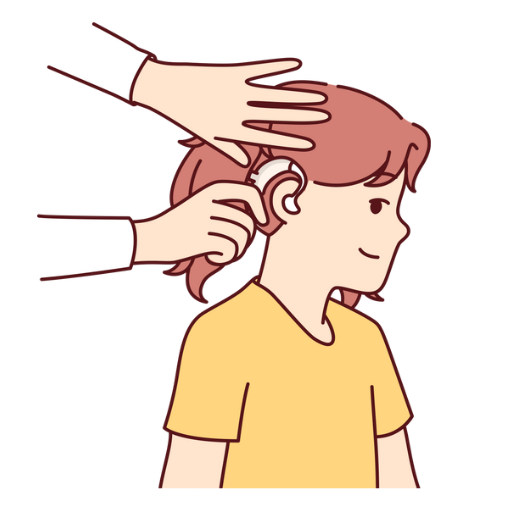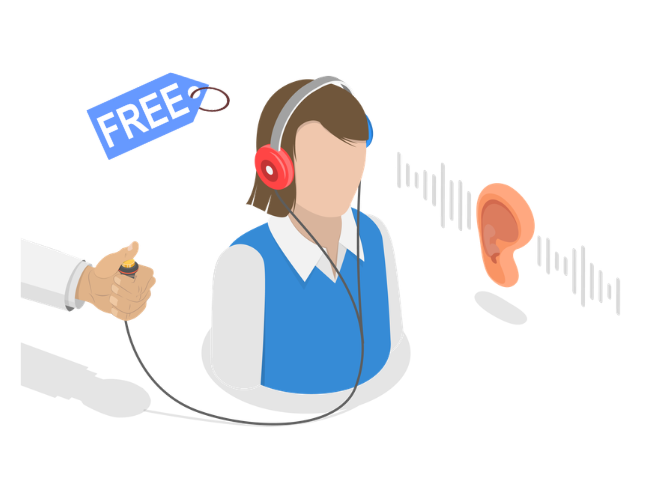Why Learning Basic Sign Language Matters
Language is more than just a tool for communication—it’s a bridge that connects people, cultures, and communities. For Deaf and Hard of Hearing Filipinos, Filipino Sign Language (FSL) is not only their primary means of communication but also a symbol of identity and pride. Learning even just the basics of sign language can make a big difference in creating an inclusive society where everyone feels seen and heard.

Breaking Down Communication Barriers
Many Deaf Filipinos face challenges in schools, workplaces, and daily interactions because not enough people understand FSL. By learning simple signs such as “Good morning,” “Thank you,” or “How are you?”, hearing people can help bridge the gap and show respect. Even small efforts can make communication smoother and foster stronger connections (Gallaudet University, 2022).
Promoting Inclusion and Respect
The Philippine government officially recognized Filipino Sign Language as the national sign language under Republic Act 11106. This law emphasizes the right of the Deaf community to use their language in education, government services, and workplaces. When hearing Filipinos learn FSL, they promote inclusivity and show genuine respect for Deaf culture and identity (Official Gazette, 2018).
Expanding Opportunities
Sign language skills are not only helpful in social situations but also in professional fields like education, healthcare, customer service, and social work. Learning FSL can open doors for careers in interpreting, teaching, or community work. More importantly, it allows hearing Filipinos to become allies who actively support accessibility and equality.
Building Empathy and Awareness
Learning sign language teaches patience, empathy, and cultural awareness. It reminds us that communication is not just about speaking, but also about listening with our eyes and hearts. For hearing people, the effort to learn FSL is a powerful way to break stereotypes and reduce stigma against Deaf individuals (World Health Organization, 2023).
Conclusion
Learning basic sign language is more than memorizing gestures—it’s about building connections, respecting culture, and promoting equality. Whether you are greeting a Deaf friend, serving customers, or teaching in a classroom, a few signs can go a long way. By taking the time to learn FSL, we take a step closer to a Philippines that is inclusive, compassionate, and united.
References
- Republic Act 11106. (2018). Filipino Sign Language Act. Retrieved from https://www.officialgazette.gov.ph
- Gallaudet University. (2022). Why Learn Sign Language?. Retrieved from https://www.gallaudet.edu
- World Health Organization. (2023). World Hearing Day Campaign Materials. Retrieved from https://www.who.int







Leave a Reply